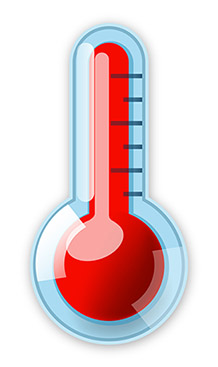 By Ron Marshall for the Compressed Air Challenge
By Ron Marshall for the Compressed Air Challenge
An automotive parts manufacturer had an audit done on their compressed air system. The auditor placed data loggers on their system and did careful site observations of conditions in the compressor room and the plant.
The processing equipment in the plant created a very dusty environment, so much so the dust would clog the air compressor intake filter and coolers if allowed into the compressor room. As a result, the compressor room was carefully sealed off from the plant and used 100% outside air for compressor cooling.
The plant is located in a part of the continent that reaches very cold temperatures in winter and requires heating 6 months of the year. Because the intake air was so cold, something had to be done to prevent the air compressors from freezing up in colder temperatures.
Because the room had a 20 kW electric heater, the unit temperature was turned up and the fan directed towards the compressors. Even with this change, the temperatures in the room reached very low temperatures. The cost of operation for this heater was equivalent to about $7,000 per year at 10 cents per kWh.
The auditor did his calculations and found that the air compressors were consuming an average of about 30 kW—about 24 of which was recoverable to building heat. The auditor noticed that the compressor ducting was directing the heat outdoors rather than into the room.
A heating contractor was hired to change the ducting to direct some compressor heat into the room to temper the cold inlet air. An electronically controlled mixing damper system was installed to maintain constant temperature without having to manually adjust the dampers. This heat is free to use and was more than enough to shut down the electric heater, saving significant electrical costs!
Learn more about heat recovery in our next Compressed Air Challenge seminar in your area. Visit www.compressedairchallenge.org for more information.

[…] Marshall recently posted an article on PneumaticTips.com about an automotive parts manufacturer that was able to reap the benefits of annual electrical […]